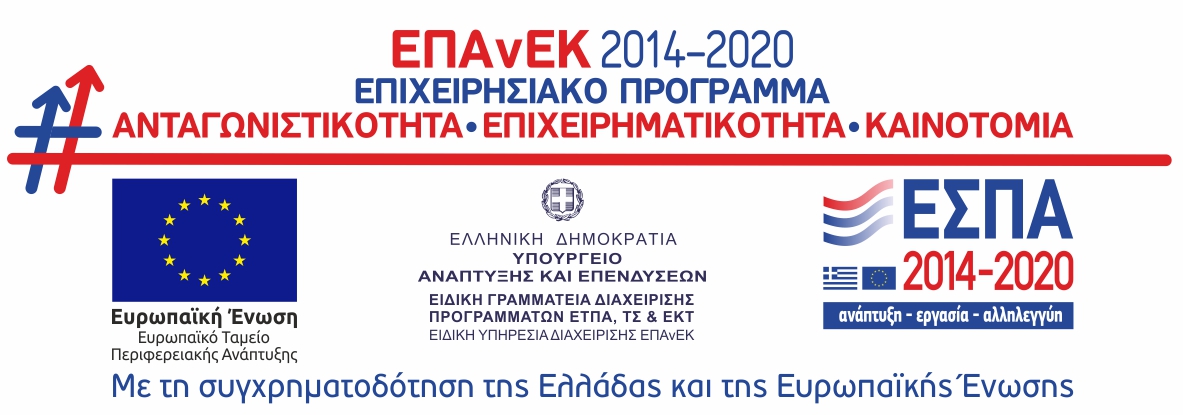Last month 60 teachers gathered at a workshop facilitated by Anastasia Metallinou and Anne Margaret Smith to discuss how English language course books can be adapted to make the lessons more accessible to dyslexic members of a group. While the facilitators are the authors of a dyslexia-friendly language programme (‘English Sounds Fun’), they recognise that not all teachers are free to choose which materials they use with their students, particularly those who work in state schools. The aim of this session was to support teachers who wish to include all their learners. As a starting point, three main elements to consider were suggested. These were:
1) The layout of the pages
2) The amount of material to be covered
3) The activities in the lesson
A number of examples were considered to illustrate the issues, such as overcrowded pages, overambitious lesson planning, and unhelpful practice activities, and then participants were encouraged to look in detail at a lesson in a book they were familiar with, and to discuss with colleagues how they could address any barriers to learning that they perceived. There was a lot of experience in the room, and this report is a summary of the main points that came out of it.
On the first issue, page layout, the main points considered were whether the font was large enough and clear enough, and the use of colour and images. Another difficulty encountered was that there was often not enough space to allow students to write answers into gaps. It was agreed that re-typing pages of text was time-consuming and that photocopying to make it bigger infringed copyright law. However, text windows can be used to cut out a lot of the unnecessary images and text, allowing students to focus just on one part of the page at a time. Moreover, some publishers will make electronic versions of their books available for disabled learners (normally visually impaired learners) and this could be useful for dyslexic learners, too; it is certainly worth enquiring.
Another issue raised was the difficulty of navigating through books, when for example, the prompt for a particular activity was on a later page – or in a different book entirely. We must be alert to the difficulties that some students will face with this, but fortunately it requires only minimal input from the teacher, at the appropriate point in the lesson, to keep them on track.
In many course books, the amount of new material (vocabulary / grammar points) introduced in one lesson was considered unrealistic for dyslexic learners. Even if there are opportunities for overlearning (repetition) it is often too much to take in. The key here is to decide what the absolute priority of the lesson is, and focus on that. There is no point in rushing ahead if the underpinning material has not been securely learned. It can be helpful to tell students what is coming up in the next lesson, so that they can look ahead and start thinking about it at their own pace; this will ease any anxiety in class and allow them to absorb more of the lesson.
Finally, the activities in the lesson have to genuinely offer opportunities to practise what has been taught, rather than testing before teaching. The activities should also focus on the aspect of language that they are intended to practise, without bringing in other issues (e.g. so many listening tasks require reading skills as well.) This was the aspect of teaching that the participants felt most in control of, and were able to adapt freely to suit their learners. Many teachers said that they would bring in additional multisensory materials to make a language point clear, before using the book to practise it. Changes to the published materials included allowing students to work in pairs where necessary, suggesting that they tackle only half of the items in an exercise (leaving the rest for homework), playing an audio track once through first, just for listening, followed by discussion, before moving on to the formal activities in the book, and allowing students to report answers orally rather than having to write everything down.
This dedicated group of teachers was a joy to work with, and demonstrated that although teachers may not always be able to choose which books they use, the way in which they used them is a professional judgement. With sufficient skill and imagination, even the least dyslexia-friendly publication can be used inclusively.
Anne Margaret and Anastasia continue to run workshops in Athens, including a two-day seminar on April 23rd and 24th covering the impact of dyslexia on language learning, and how to use the English Sounds Fun programme to support dyslexic learners.
See www.EnglishSoundsFun.com for more details and a booking form,
or contact ESFteam@EnglishSoundsFun.com.
Bio
Dr Anne Margaret Smith has taught English for 25 years in Kenya, Germany, Sweden and the UK. She is also as a dyslexia specialist tutor and assessor. She founded ELT well with the intention of bringing together best practice from the two fields of ELT and SpLD support, and now offers materials and training to teachers, as well as specialist teaching to dyslexic learners. Find out more: www.ELTwell.com











